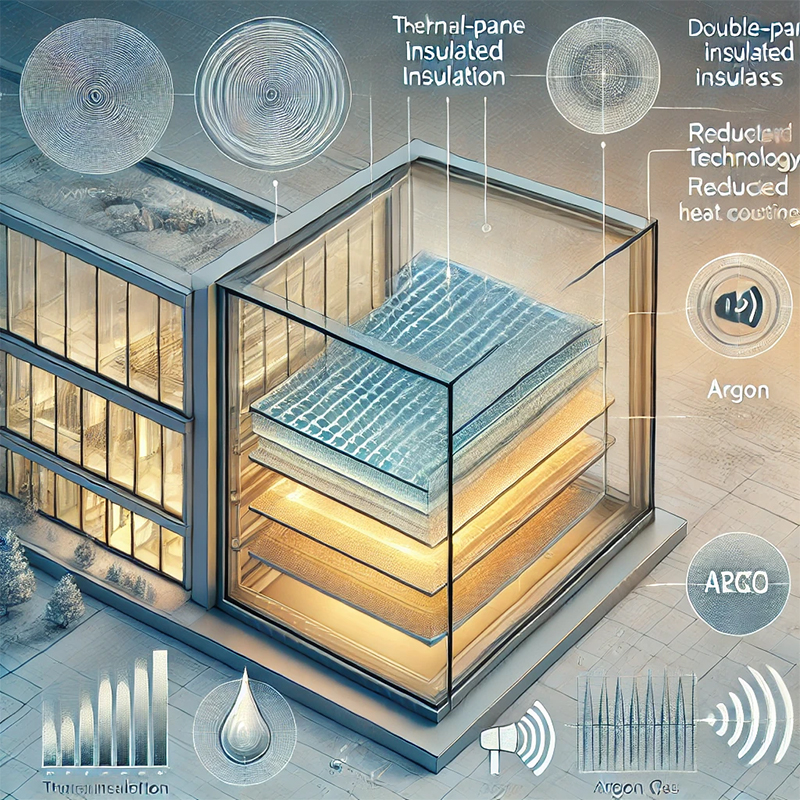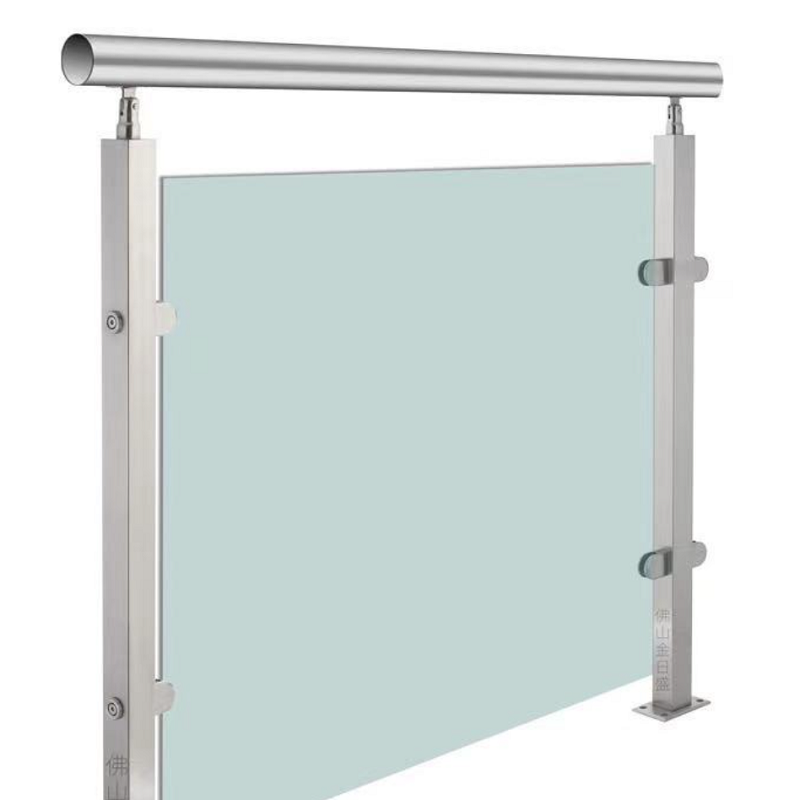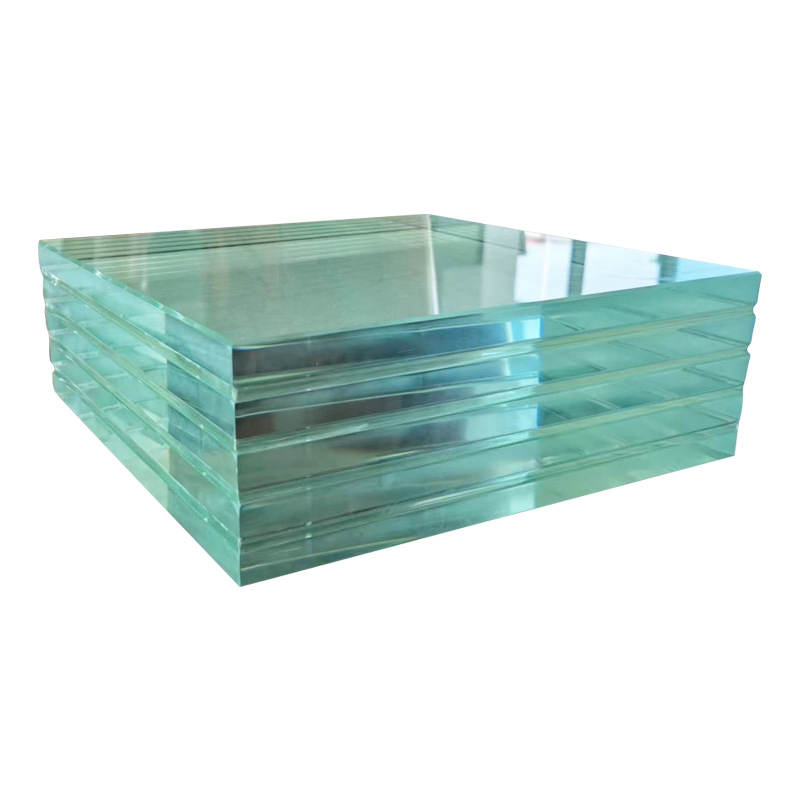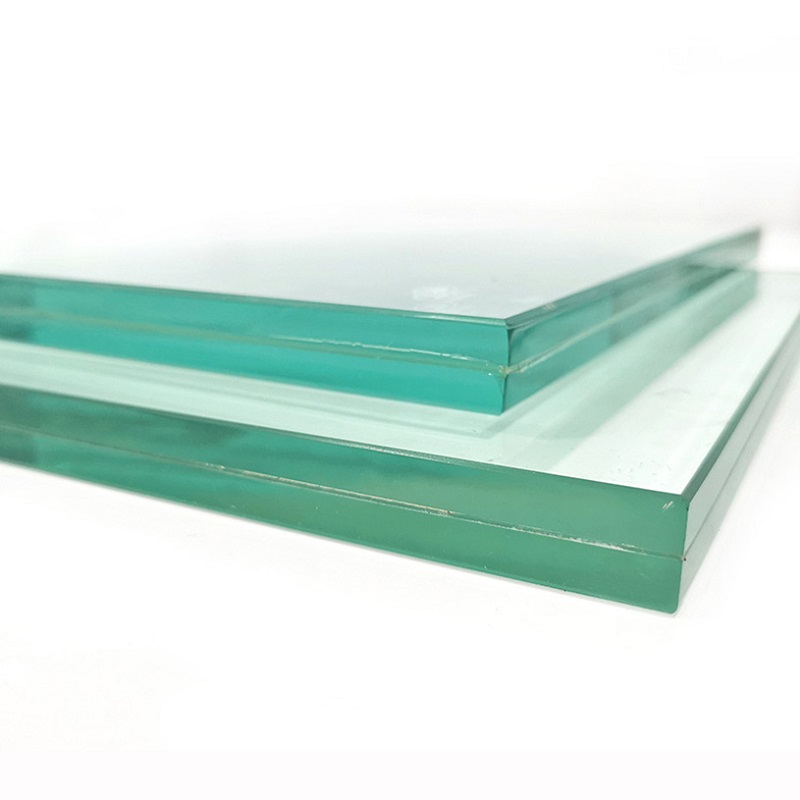Modern buildings demand high levels of comfort and energy efficiency, making thermal insulation and soundproofing key features of architectural glass. Through advanced technologies and material combinations, glass can simultaneously fulfill these dual functions, improving indoor environmental quality. Here's an in-depth look at the principles, techniques, and applications behind this dual functionality:
I. Principles of Thermal Insulation and Soundproofing
Thermal Insulation Principles
Blocking Thermal Radiation: Low-E (low-emissivity) coatings reflect infrared rays and reduce heat transfer through the glass, limiting heat gain or loss.
Reducing Thermal Conduction: Insulating glass units (IGUs) use inert gases like argon between layers to minimize heat conduction.
Preventing Thermal Convection: Airtight seals in double- or triple-pane glass prevent heat transfer through air circulation.

Soundproofing Principles
Reflection and Absorption of Sound Waves: Multi-layer glass disrupts sound wave propagation and absorbs some of their energy, reducing noise transmission.
Blocking Airborne Noise: Gas-filled layers or laminated glass interlayers create barriers against external noise.
Minimizing Structural Noise: Combining glass layers of varying thickness reduces resonance, enhancing soundproofing performance.
II. Key Technologies for Dual Functionality
Low-E Coating Technology
Function: A metallic oxide coating is applied to the glass surface, reflecting infrared radiation while allowing visible light to pass through.
Thermal Performance: Reduces indoor heat loss and minimizes energy consumption for cooling and heating.
Insulating Glass Units (IGUs)
Thermal Insulation: Inert gases like argon or krypton have low thermal conductivity, effectively reducing heat transfer.
Soundproofing: The sealed cavity blocks sound waves, significantly reducing noise pollution.
Structure: Composed of two or more glass panes separated by an air or gas-filled cavity, sealed to ensure airtightness.

Laminated Glass Technology
Soundproofing: The interlayers absorb sound energy, dampening noise transmission.
Thermal Insulation: Laminated glass can be combined with Low-E coatings for enhanced insulation.
Structure: Two or more glass layers are bonded with interlayers such as PVB (polyvinyl butyral) or SGP (SentryGlas) through high temperature and pressure.
Conclusion
By leveraging advanced materials and multi-layer designs, architectural glass effectively achieves both thermal insulation and soundproofing. Whether for residential, commercial, or specialized environments, these technologies cater to diverse needs while promoting sustainable, energy-efficient building practices.





